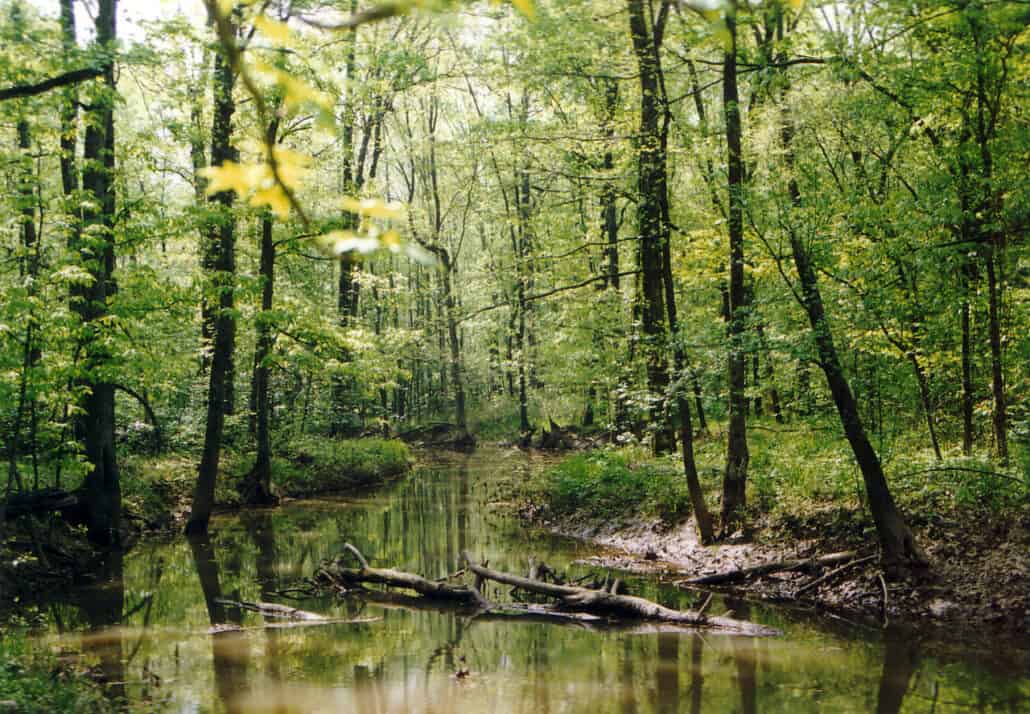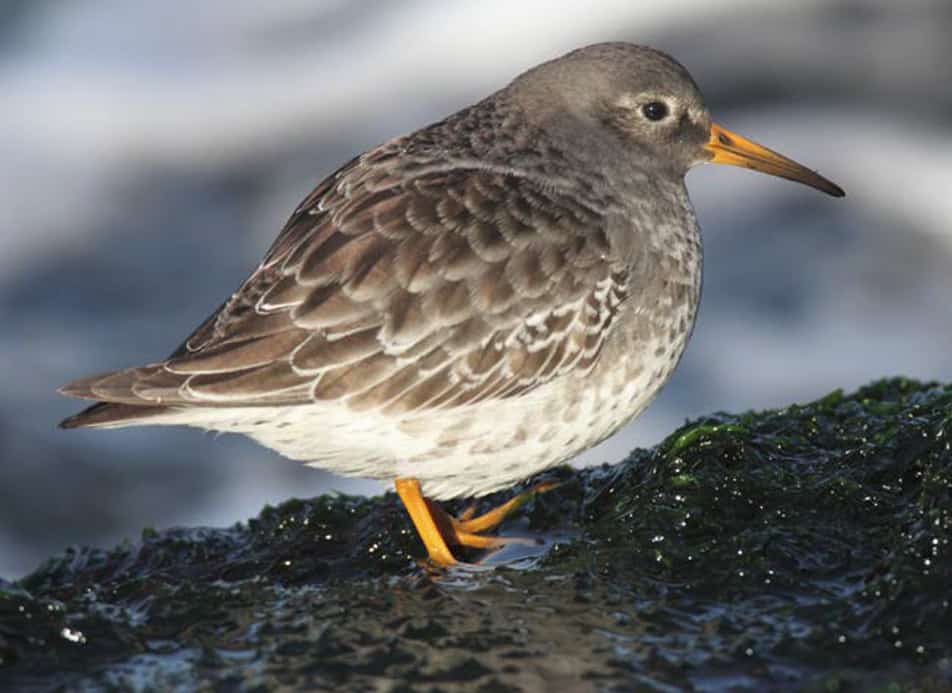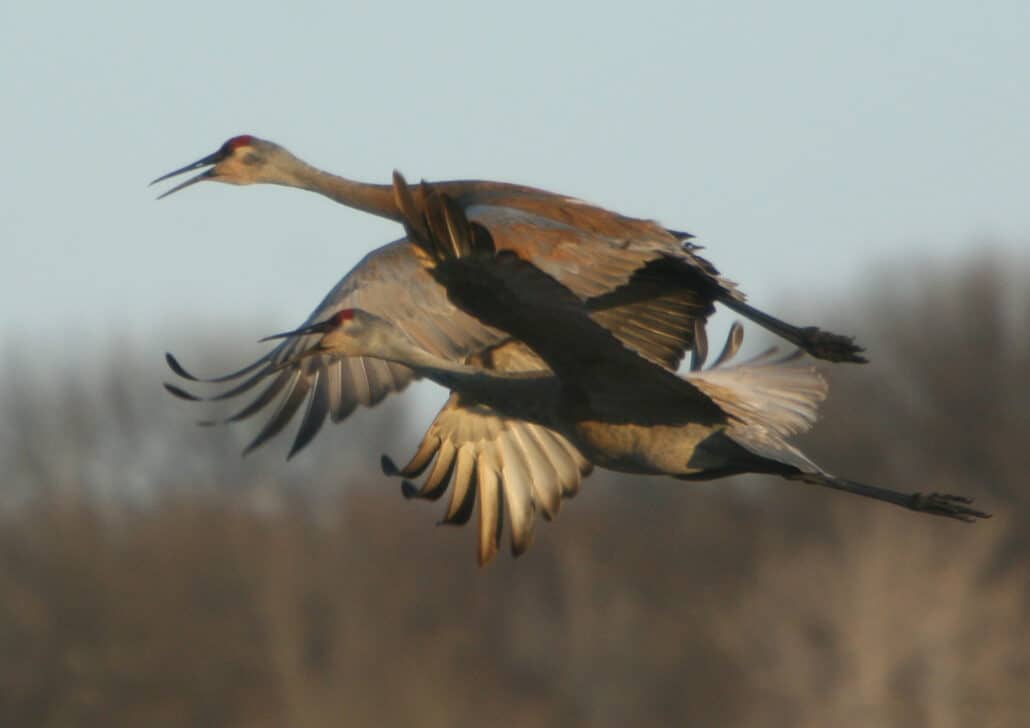Spring Birds of Missouri (March, April, May)
In Missouri spring begins long before the first birds appear on their northern journey. It starts with the construction of new living quarters and plenty of house-cleaning chores.
Spring for many Missouri bird lovers means exciting new bluebird and wren houses just in time for nesting to begin and cleaning out the houses already in place. Purple martin apartment houses are prepared for occupancy, then kept clean and free of sparrows and others till the champion insect-catchers have returned from their South American wintering grounds.
Spring means making sure the birdbaths are clean and secure. As you tidy up from the long winter, remember that some of your winter residents won’t be leaving until well after the last snows, particularly the ground feeders. Juncos, three, white-throated and white-crowned sparrows will forage well into the springs.
Feeder watchers need to keep pad and pencil next to the binoculars and bird book by the living room window to log the first appearance of the summer birds and the final day for these who will nest far to the north. Feeder watching is still an entertaining and informative time as winter melts into history.
A typical backyard, located on the edge of a small city near a stream, woods, and an overgrown field or two in central Missouri, might have any combination or all of these trees and others: oak, hickory, elm, maple, redbud, hawthorn, dogwood, cottonwood, crab apple, pecan, mulberry, walnut, buckeye, pine, and cedar, as well as a variety of shrubs and wildflowers. These plants, along with feeders and water for birds, make backyard birding a rewarding experience.
One of Missouri’s favorite sports teams is the St. Louis Cardinals. Their nickname, “the red birds,” is often shortened to “the birds” and the team’s logo—cardinals perched on a baseball bat—makes the cardinal the most recognized bird in the state.
By mid-February, migration is an annual happening in Missouri. The baseball “birds” are headed south to spring training where fans follow their daily movement. As the “redbirds’ head for Florida, they meet long skeins of snow and Canada geese and flocks of ducks of all species along the way. Migration is truly an awesome spectacle in Missouri.
By mid-February, the huge flocks of snow geese driven south from Missouri’s resting areas have begun to return to open water enroute to their nesting grounds on the Arctic tundra.
Canvasbacks, mallards, and buffleheads are also early arrivals, followed by gadwall, wigeon, pintail, green-winged teal, ring-necked, lesser scaup, redheads, and ruddy ducks, along with common mergansers, by mid-March. Wintering pied-billed grebes are joined by migrant “hell divers” (another name for the pied-billed) and the return of American pelicans means double-crested cormorants are not far behind.
Great blue herons return across the state by mid-March to be joined by great egrets, cattle egrets and green herons in early April. Turkey vultures are in the air in north Missouri by mid-March, joined by male American woodcocks doing their dazzling display flights.
Waterfowl migration is almost completed before the influx of shorebirds, sparrows, vireos, warblers, thrushes, and flycatchers arrives.
Many of the overwintering migrants are gone by mid-March. Tree sparrows and bald eagles have begun their annual exodus, but pine siskins, purple finches, and white-throated and white-crowned sparrows linger until late April. They leave just in time to make room for the summer nesters.
March is “booming” time on the prairies. On the leks of Missouri’s prairie reserves, the greater prairie-chicken does his mating display in the early morning mists, often to a gallery of birders hidden nearby. The cooing, jumps, twists, clucks and threatening rushes with air sacs bulging and neck feathers erect like devil’s horns is one of nature’s wonders.
Through late March, April and early May, migration brings both those birds headed farther north and those who will become summer residents.
Many shorebird species find their way through the state, but only a few take advantage of Missouri hospitality. Killdeer, a limited winter resident, experiences a huge boost in summer population. Black-necked stilt has become a recent summer resident in the bootheel; spotted sandpiper and upland sandpiper are spring migrants that stay around.
Essentially, there are two main avenues of migration through the state. Birds tend to follow the Mississippi River and to follow the border of Missouri/Kansas which is a line of demarcation between the East and West, the prairies and the Ozark plateau.
Shorebirds, waders, and waterfowl follow the marshes, lakes, mud flats, and rivers. In the east, the Mississippi River is a natural funnel. In the west, the human-made wetlands have become the funnel from Table Rock Lake, Schell-Osage Conservation Area, Swan Lake to Squaw Creek. Still, the center of the state has its pearls as well. The human-made Lake of the Ozarks, Eagle Bluffs, and Thomas Hill Lake are excellent areas during migration. Passerines abound in spring and fall in Missouri’s midsection.
Eastern phoebes, ruby-throated hummingbirds, purple martins, brown thrashers, pine warblers and Louisiana waterthrushes are arriving by late March. Most passerines, however, arrive when weather is more hospitable in late April and early May.
Migration has no calendar deadline and some species such as white-rumped and semipalmated sandpipers are still wandering north as late as early June, barely beating the early southbound migration of solitary and pectoral sandpipers that are finished breeding.
Spring is wildflower time in Missouri, too. Witch hazel often blooms in early January in southern counties and harbinger of spring is not far behind. Forest floors, roadsides, prairies, pastures, pond banks, parks, and neighborhood yards erupt with spring beauty. Dutchman’s breeches, toothwort, dog-toothed violet, rue anemone, liverleaf, bloodroot, may apple (in March in the south), buttercup, hoary puccoon, bluets, johnny-jump-up, bluebells, and phlox are in full bloom in March. The countryside erupts in brilliant color in April when the prairies are ablaze and the warm earth becomes a bed of renewal. Redbud, hawthorn, and dogwood abound.
Oh, yes—the St. Louis Cardinals. They spent only a month in Florida, then return at the end of March to their nesting area in St. Louis’ Busch Stadium. You can set your calendar by them.




